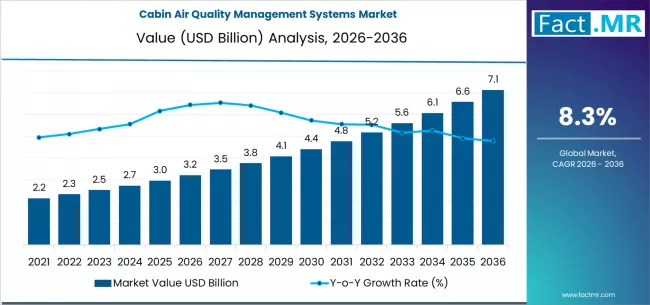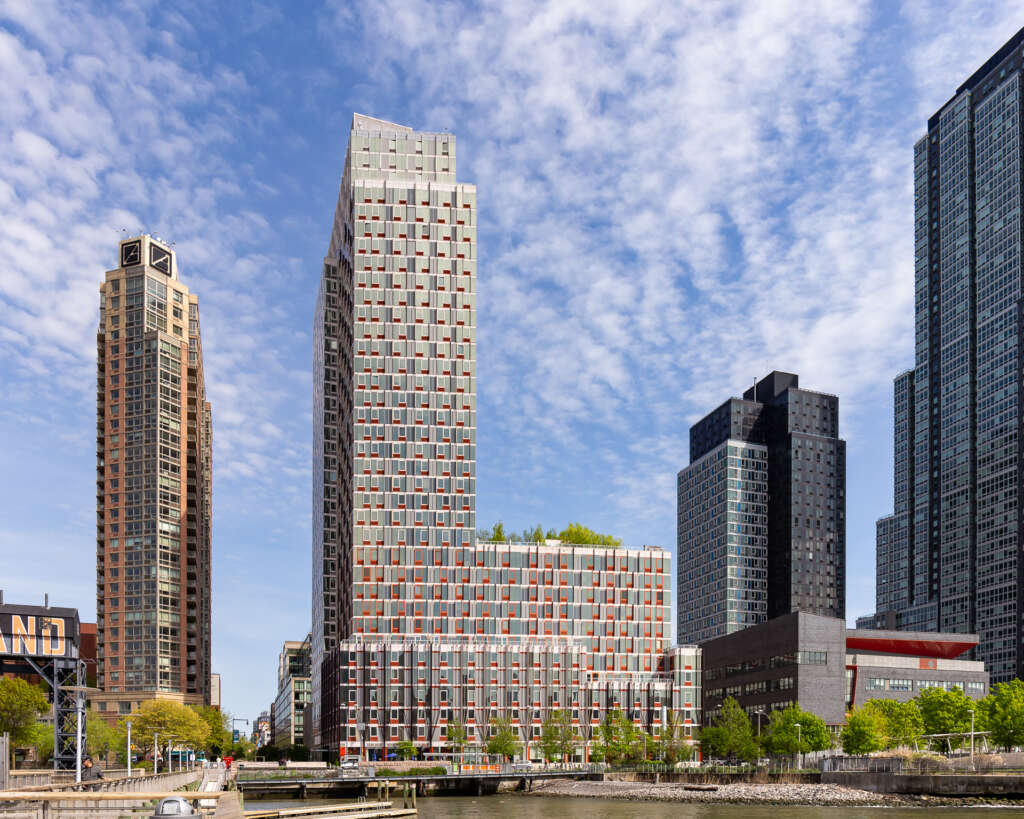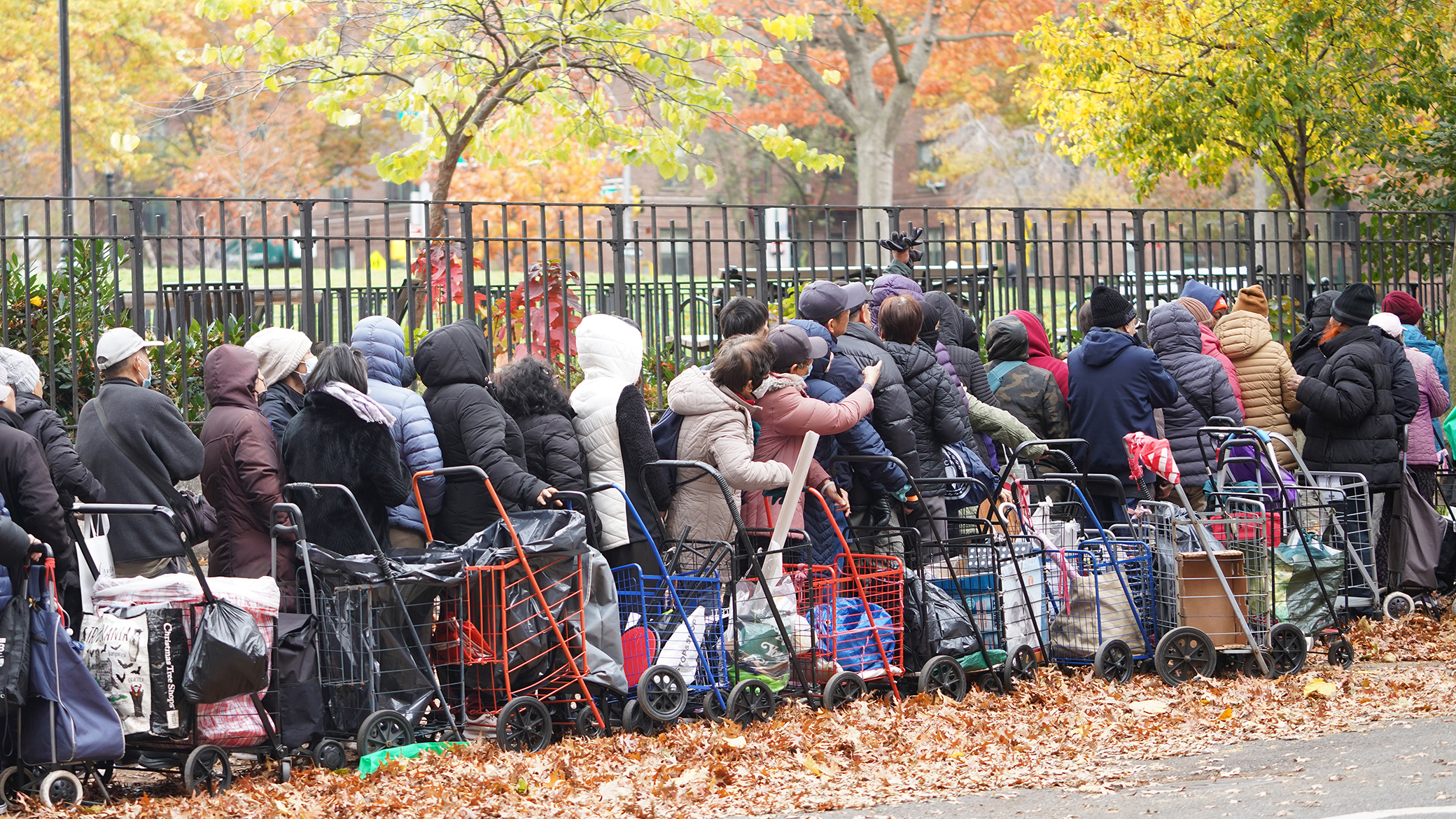Tourism, urbanization and natural resources rents matter for environmental sustainability: The leading role of AI and ICT on sustainable development goals in the digital era
This report examines the crucial roles of tourism, urbanization, and natural resources rents in achieving environmental sustainability, highlighting the transformative impact of artificial intelligence (AI) and information and communication technologies (ICT) on Sustainable Development Goals (SDGs). It underscores how AI and ICT can optimize resource management, enhance efficiency, and drive innovative solutions for sustainable development in the digital era, advocating for strategic policies and collaborative efforts to harness these technologies for a more sustainable future.
Graphical abstract

What is Your Reaction?
 Like
0
Like
0
 Dislike
0
Dislike
0
 Love
0
Love
0
 Funny
0
Funny
0
 Angry
0
Angry
0
 Sad
0
Sad
0
 Wow
0
Wow
0









































































